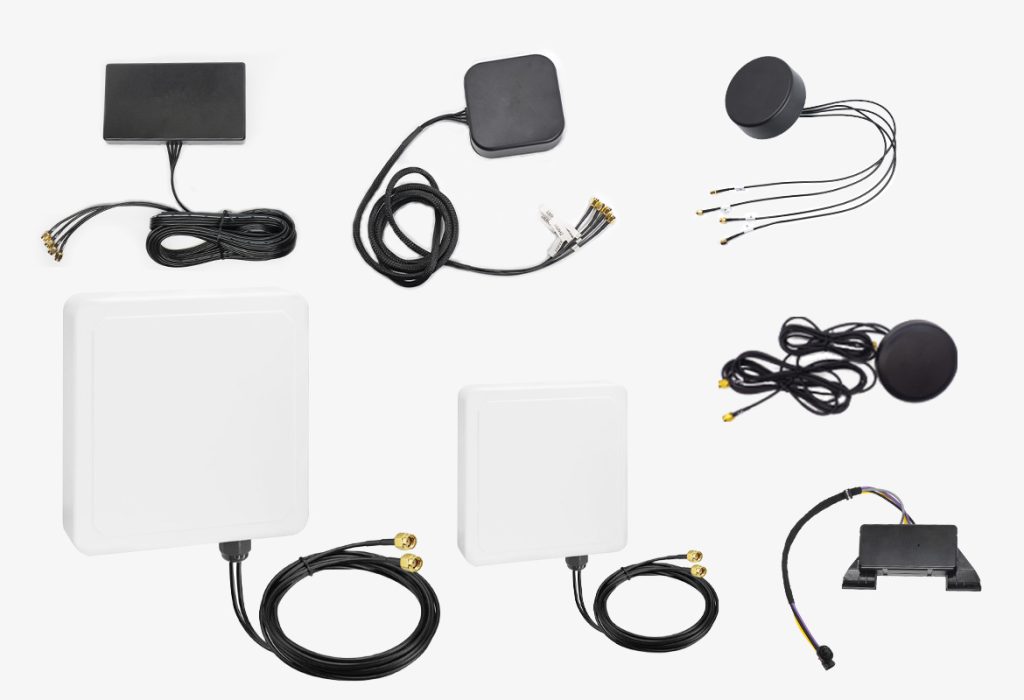-
 Retrouver dansMembres
Retrouver dansMembres Retrouver dansVidéos
Retrouver dansVidéos Retrouver dansChaînes
Retrouver dansChaînes
This website uses cookies to ensure you get the best experience on our website.
To learn more about our privacy policy Cliquez iciPréférence de confidentialité
- Mots clés - #BLOG
-
- Dernière mise à jour 24 novembre 2024 0 commentaire , 99 vues, 0 comme
More in Politics
Related Blogs
Les archives
The Benefits of Using External Antennas for Improved Wi-Fi Coverage
Corps
In today's digital age, having a reliable internet connection is essential. Many users often find themselves struggling with weak Wi-Fi signals, especially in larger homes or offices. This is where external antennas come into play. They can significantly enhance your Wi-Fi coverage, providing a more stable and faster internet experience.

Understanding External Antennas
External antennas are devices that can be attached to your router or modem to improve signal strength and range. Unlike internal antennas, which are built into the device, external antennas can be positioned for optimal performance. This flexibility allows users to direct the signal where it is needed most, whether that be in a specific room or across a larger area.
Why Choose External Antennas?
- Enhanced Signal Strength: External antennas can boost the signal strength, reducing dead zones in your home or office.
- Improved Range: They extend the range of your Wi-Fi network, allowing you to connect devices from greater distances.
- Directional Options: Many external antennas are directional, meaning they can focus the signal in a specific direction, which is beneficial for long-range connections.
- Easy Installation: Most external antennas are easy to install and can be set up without professional help.
How Do External Antennas Work?
External antennas work by receiving and transmitting radio waves more effectively than internal antennas. When you connect an external antenna to your router, it can capture signals from a wider area and send them back to the router. This process not only improves the quality of the connection but also enhances the overall speed of your internet. Have you ever wondered how much of a difference an external antenna can make? The results can be quite remarkable, especially in environments with multiple obstructions.
Choosing the Right External Antenna
When selecting an external antenna, consider the following factors:
- Type: Decide between omnidirectional and directional antennas based on your needs.
- Frequency: Ensure compatibility with your router's frequency bands (2.4GHz or 5GHz).
- Gain: Look for antennas with higher gain ratings for better performance.
- Installation: Choose an antenna that is easy to install and fits your setup.
Conclusion
In conclusion, external antennas are a valuable investment for anyone looking to improve their Wi-Fi coverage. They offer enhanced signal strength, improved range, and greater flexibility in positioning. By understanding how they work and selecting the right type for your needs, you can significantly enhance your internet experience. For more information on high-quality external antennas, visit  .
.







commentaires